
There are many excellent resources to support the writing of person-centred outcomes for learners with SEND. However, for children and young people with a physical disability, many of whom also have additional needs, there are further considerations. These need to be fully understood to ensure the long-term educational journey for an individual with physical disability (PD) is successful and is crafted to address an individual's unique/specific needs and requirements. For learners with PD, outcomes should:
By the end of this resource, you will understand:
It will take around 25 minutes to complete.
We hope you find this resource useful. If you need any technical support while completing this course, please contact support@pdnet.org.uk.
To get started, fill out the form below:
An outcome is defined as ‘the benefit or difference made to an individual as a result of an intervention’. DfE SEND Code of Practice (2015)
An outcome-focussed approach is a long-term strategy which is designed to build knowledge and skills and equip the individual learner with the cultural capital they need to succeed in later life, learning and employment.
All this may sound daunting! Put more simply, it is the changes we can make to support an individual through their learning journey by planning and creating opportunities, not solely related to academic achievement and progress, that lead to change.
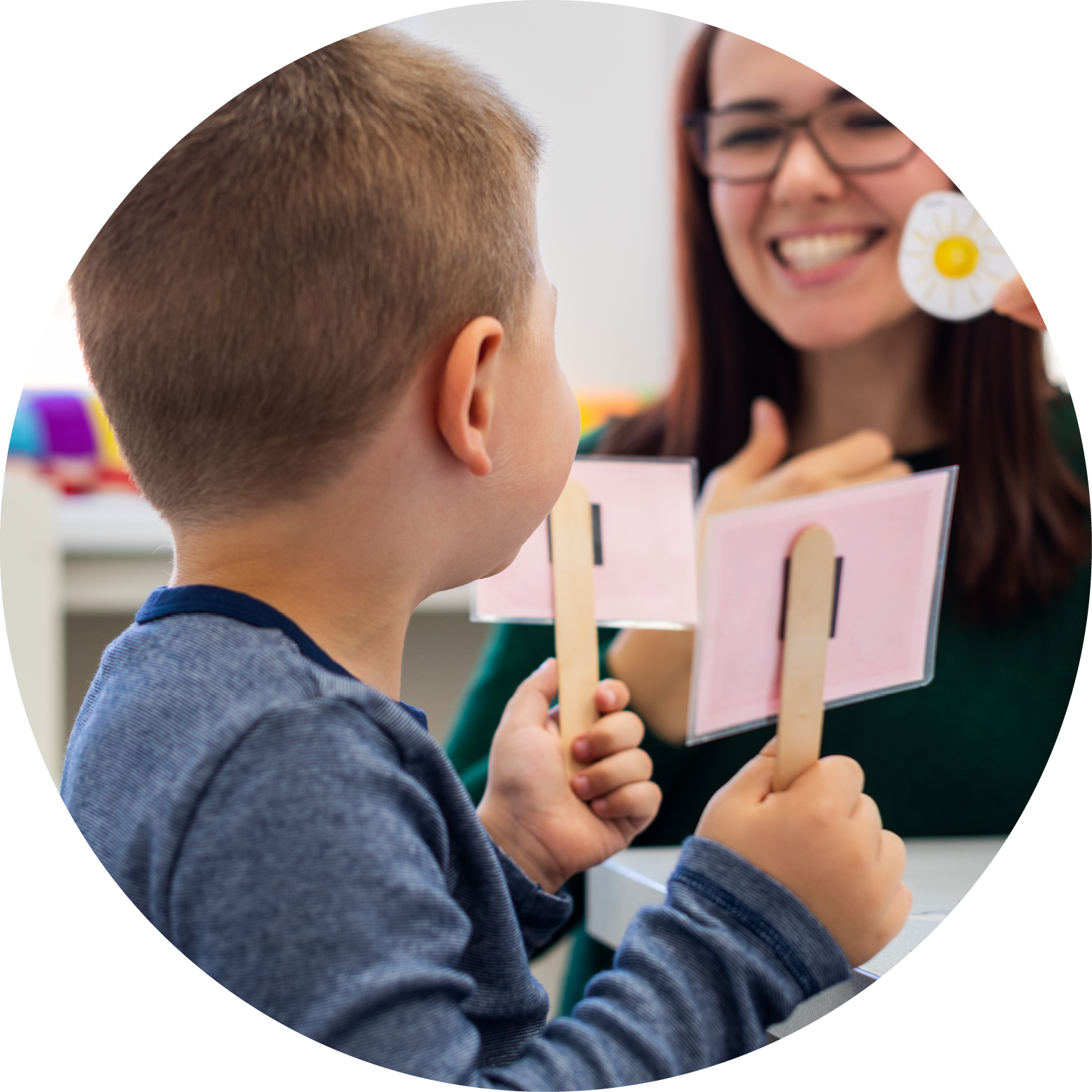
For learners with PD, we need to recognise that they are likely to have fine motor, gross motor, communication and/or mobility needs that require significant therapeutic intervention delivered during the school day. This could include physiotherapy, occupational therapy, speech and language therapy and/or programmes related to sensory needs.
These needs cannot be overlooked and must be identified, considered within this process and incorporated into outcomes, as appropriate.
Hover over/click the cards below to uncover some challenges for learners with PD which their peers do not experience:
![]()
Developing independent mobility, e.g. may require equipment and mobility aids.
![]()
Holding and manipulating objects, e.g. use adapted pens and other equipment in the classroom.
![]()
Playing and exploring the world may be limited, e.g. have gaps in their understanding and knowledge of the world.
![]()
Articulating speech and communicating, e.g. may limit their ability to interact and talk with peers and adults.
Remember that some learners with PD may have a degenerative condition that results in the gradual loss of skills/deterioration in their physical health. For these learners and their families, the process of considering and developing outcomes needs sensitive and empathetic handling.
For learners with a degenerative, life-limiting condition, outcomes should support them as needs change, and the process should be realigned in relation to these changes.
So that learners with PD are equipped for later life, outcomes should...(hover over/click the cards below)
O
Reflect the views of a child or young person and their family, articulated from their perspectives.

U
Be aspirational yet realistic.

T
Relate to overall development and therapeutic needs, particularly maintaining/developing health and well-being.

C
Develop, maintain or strengthen mobility, including hand function and fine motor control.

O
Prepare individuals for adult life and for being as independent as possible.

M
Build on something that is working well or make changes to things not working well.

E
Help determine the provision needed and whether it can be provided by adapting the school's core offer.

S
Set out a holistic, multiagency approach, e.g., physiotherapy, speech and language therapy.

What should we consider when planning the best possible outcome-focussed approach for learners with PD? Hover over/click the circles below to find out the four elements.
Aspirations
The learner's and their family's realistic hopes dreams and aspirations for the future.
Needs
The learner's needs and requirements, especially the need to maintain their health, mobility and wellbeing.
Outcomes
The difference made to an individual resulting from careful planning and delivery of support and interventions.
Provision
What needs to be provided and put in place to meet a learner's needs. This is in terms of educational, healthcare and therapeutic needs, enabling the outcomes to be achieved.
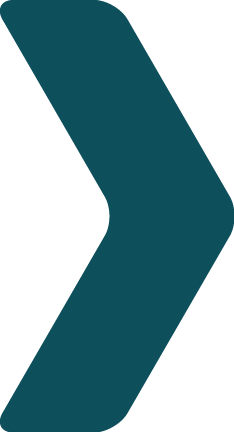

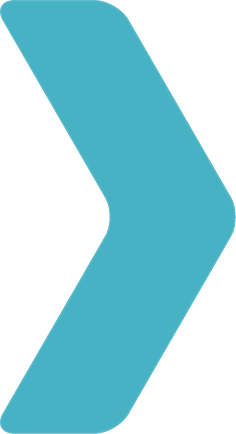

These four elements are seen as the key steps on the journey to the learner achieving their aspirations.
These should be linked by a ‘golden thread’ that runs through all of them. This should make it clear which professional teams will deliver any therapeutic interventions and/or appropriate packages of support so that all the needs of learners with PD are well met through a complementary, holistic and collaborative multi-agency approach which can be easily understood.
Person-centred outcomes that are well delivered support learners with PD to maximise or optimise their health and physical skills, make progress and work towards achieving their aspirations for the future.
Whilst there are similarities between developing person-centred outcomes for all learners with SEND, there are additional and possibly unique considerations that need to be made for learners with PD.
An individual's needs and requirements arising from their physical disability or needs can be more complex and challenging, resulting in a profound impact on their experience of education.
Their route to independence, learning journey and/or rate of progress may be different from that of their peers.

Click on each heading below to learn more:
They may need personalised equipment or assistance to:
Their learning journey may be different from that of their peers.
They may:

All children and young people have hopes and dreams about what they wish to achieve for themselves in the future. These are called aspirations.
We want to encourage young people with PD to dream big but have realistic goals.
It is thought that raising aspirations helps to incentivise learners and leads to improved attainment. Raising aspirations in isolation is not effective; they need to be linked to targeted outcomes and steps on their journey.
"I want to be able to ride my bike around the playground."
Condition: Spina bifida
"I want to be able to do joined-up writing with a pen."
Condition: Cerebral palsy
"I want to be the first wheelchair user in space."
Condition: Spinal muscular atrophy
"I want to play for the England cerebral palsy football team and play in international matches."
Condition: Hemiplegia and epilepsy
"I want to become an MP and represent disabled people."
Condition: Spastic quadriplegia
"I want to pass my driving test so I can drive myself to college."
Condition: Muscular dystrophy
There is lots of information available to support gathering the views, hopes and aspirations of children and young people with SEND, including learners with PD. The approach you take and the questions you ask will depend on the child's age, language level, communication skills and access strategies. Whatever approach you take, it will take time to fully explore this topic with the learner and their family.
When gathering information, it is important to make time to have a relaxed, person-centred conversation. This can be recorded in lots of different ways, and the learner may or may not need to be supported by an adult to scribe/use software or alternative access strategies, e.g., high- or low-tech augmentative and assistive technology (AAC).
Click on each heading below to learn more about gathering information from learners with PD:
Some examples of the approaches used:
Whatever approach is taken to gather this information, it is important to avoid potential traps that it is easy to fall into related to common misconceptions about learners with PD:
Reality check #1
A child can express their views if given the tools and support to do so. Some children may need access to augmentative and alternative communication strategies, e.g., use of symbols, voice output devices, etc.
Reality check #2
It may be that there needs to be a shift in attitude towards what learners with PD can do, supported by cultural change. This may mean changes in ways of working, relationships and having different but learner-centred conversations.
Reality check #3
The child or young person and their families must be able to participate as fully as possible in sharing aspirations, and, if necessary, they must have access to appropriate equipment, resources and support to achieve this.

At the same time as finding out the views of the learner and their family, it is also important to find out their needs and any additional requirements. Having a clear picture of the learner's profile of needs alongside their aspirations helps to inform the planning and delivery of effective outcomes.
As well as the healthcare needs related to their condition, this may also include co-existing needs such as…
Information can be sourced from the following sources:
Without a good understanding, there is a danger of imposing your own ideas or steering the conversation towards school driven outcomes. The focus should not solely be on teaching and learning outcomes but take a holistic view of the learner.
Remember, the needs of learners with PD can be multiple and complex, so there is a challenge to meeting them. For many school staff, this may be outside their experience and comfort zone, requiring changes to standard ways of working and different types of conversations.
Best practice requires a multiagency approach involving parents/carers, educational, health and social care professionals, as appropriate, working as a team around the child.
School staff may require advice, support, training and coaching from professionals in this multidisciplinary team.
Click here to see some examples of situations where learners with PD have complex needs:
Click or touch here
1/7. Have gaps in their knowledge of the world around them as they may not have had the same expected life experiences as their peers
2/7. Use their bodies very differently to their peers, e.g., use their feet or head to control a mouse rather than their hands
3/7. Have low self-image and self-belief because of the differences between their body and their peers’ bodies
4/7. Feel isolated and different from their peers, e.g., they may be the only wheelchair user in their school
5/7. Need support with personal care needs, e.g., eating, drinking, continence
6/7. May be learning to use equipment to increase their independence, e.g., to drive a power chair (electrically powered wheelchair)
7/7. Have worries and concerns related to understanding their disability and what that means for their future


Once you discover the learner's aspirations and have a clear picture of their needs, the next step is to plan relevant and achievable person-centred outcomes.
For some learners, particularly those with complex physical needs, it can be difficult to identify how many outcomes are achievable or which to prioritise. You should aim for a few, well-crafted outcomes and focus on these rather than lots of outcomes that are not connected.
A good balance is to identify some short-term and long-term outcomes that need to be to be achieved within a specified time frame, e.g., by the end of a year group or phase of education.
When planning a learner's outcomes, you should be innovative and explore all possibilities. Here are some useful steps to help you plan:
It is important to remember outcomes are not set in stone and should change and adapt to reflect the learner’s changing needs and progress.
For learners with life-limiting conditions, liaise with others and carefully consider how long-term outcomes are phrased. Be aware that changing or palliative care needs, alongside other needs, should be acknowledged, met and integrated into daily care plans in the most sensitive and positive way possible.
Specific
S
Measurable
M
Achievable
A
Realistic
R
Timed
T
Evaluated
E
Reviewed
R
Outcomes should be SMARTER, a well-known acronym relating to the following features:
![]()
Remember!
A long-term aspiration is not a outcome!
Let's meet some learners and see their pathways to successful outcomes
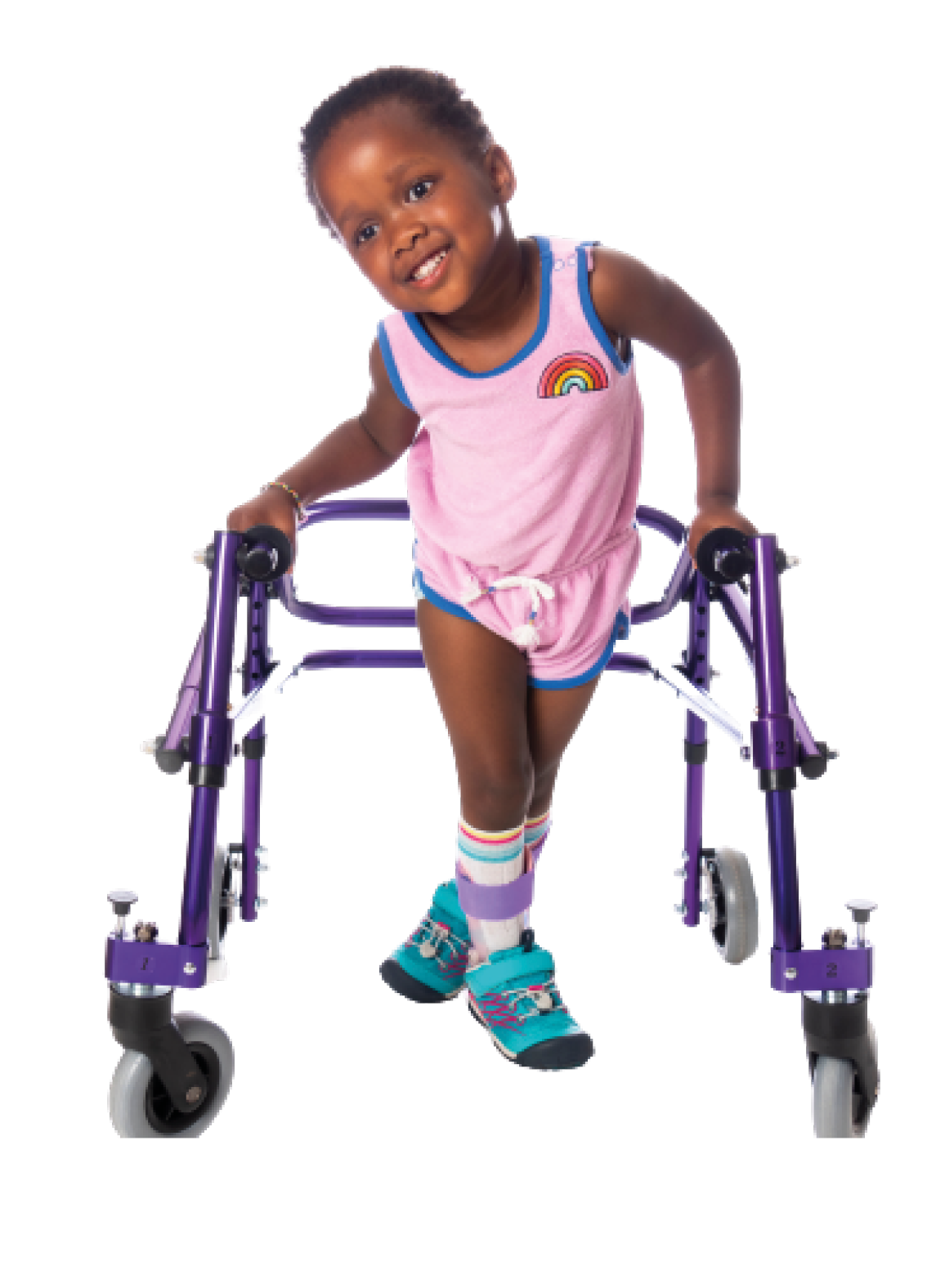
Name: Rosie
Age: 5
Condition: Cerebral Palsy, Spastic Diplegia
Needs

Name: Arif
Age: 11
Condition: Duchenne Muscular Dystrophy
Needs
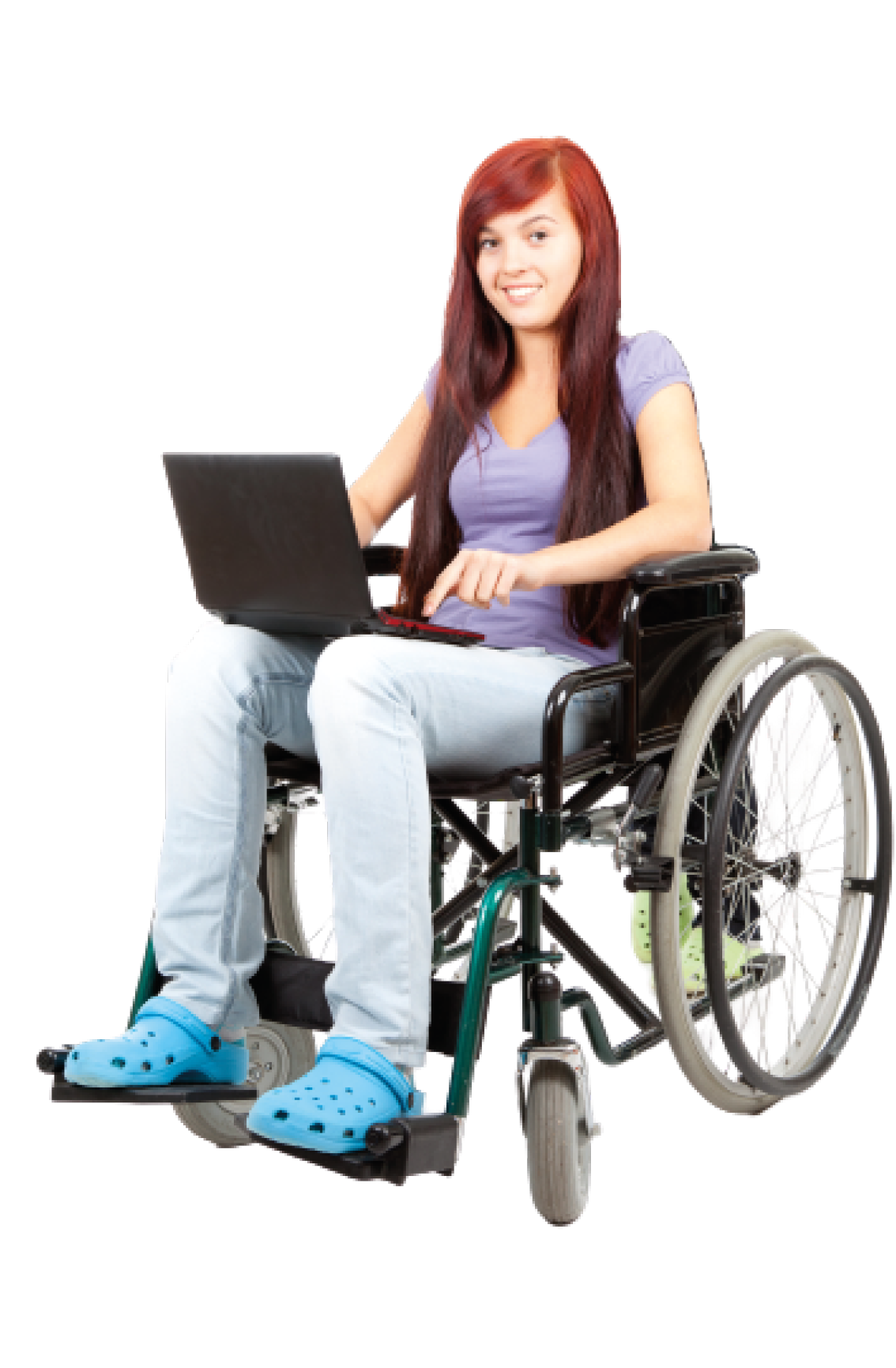
Name: Mia
Age: 16
Condition: Spina bifida
Needs
Our learners' pathways
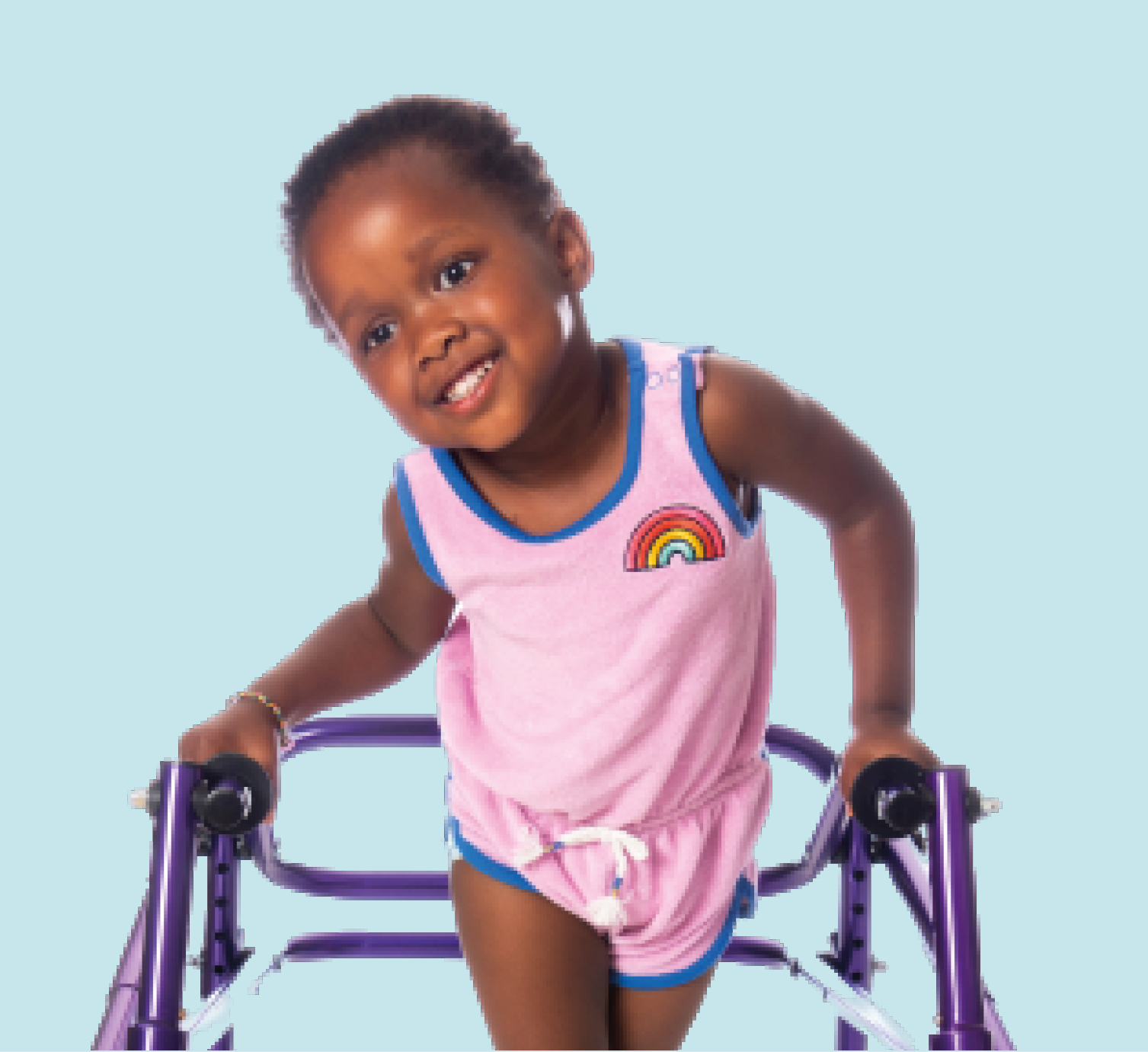
"I want to have lots of friends."
Rosie's Outcomes
"By the end of EYFS, I will clearly be able to name three friends and talk about three activities I had fun doing with them."
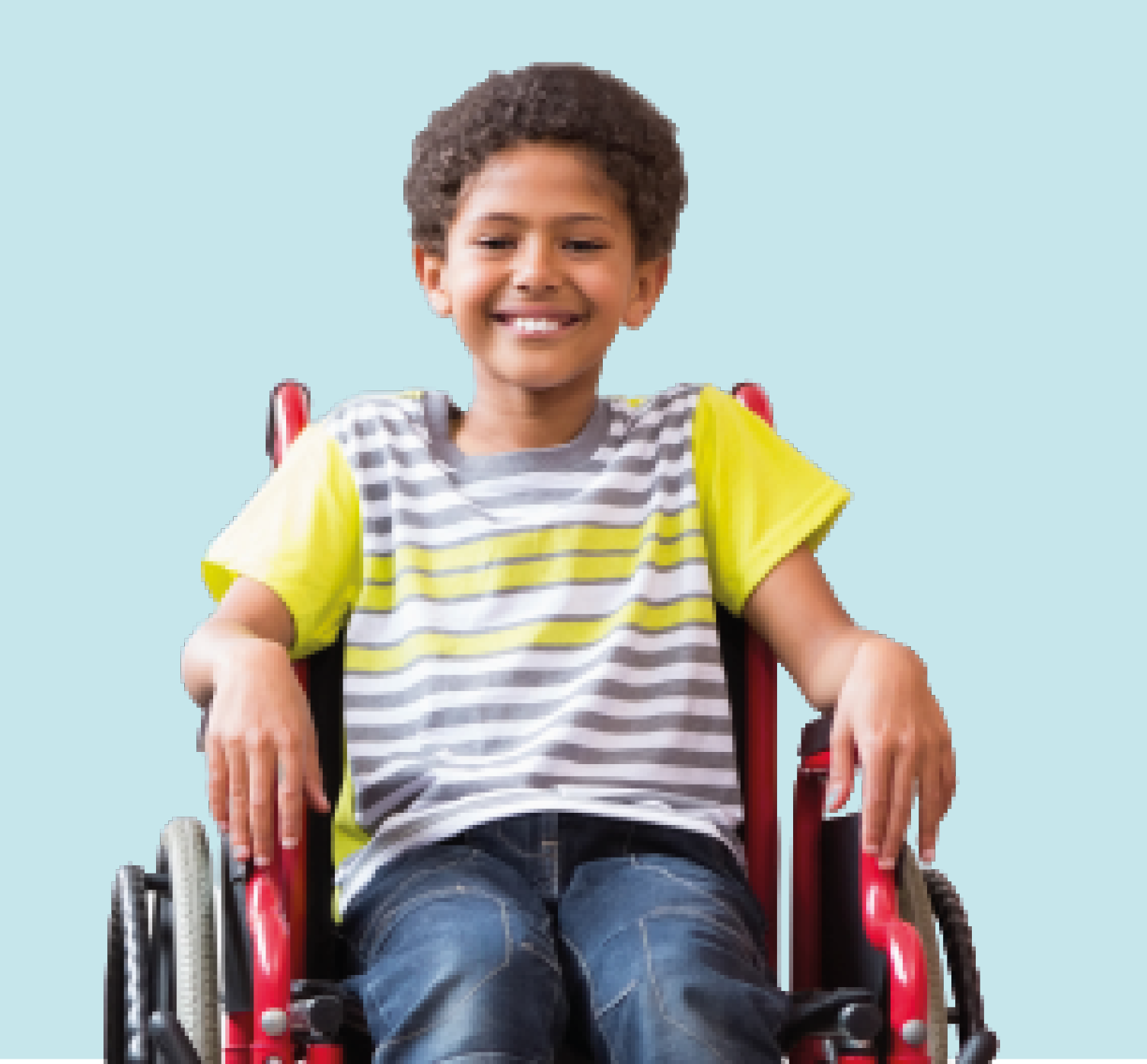
"I want to play football."
Arif's Outcomes
"By the end of KS3, I will better understand my health and mobility needs. I will be able to tell others whether it is best to use my power wheelchair or walker to play football."

"I want to get a job in catering."
Mia's Outcomes
"By the time I leave Year 11, I will have completed my work experience in catering and gained a Level 1 NVQ in Food Preparation and Catering. I will then be able to study catering at college."
Remember: a long-term aspiration is not in itself an outcome. We need to know an individual's needs and set out how they can work towards their aspirations.

The next stage is to identify the provision or assistance that is needed to support the learner to achieve their outcomes. It is essential that the provision identified is appropriately targeted and carefully quantified, e.g., specific intervention, time, frequency or support staff required.
It should define in detail what school, health or social care is going to do, put in place or provide in addition to the existing provision, so that the learner can work towards their outcomes.
Remember 1: For learners with PD, there is likely to be an additional consideration needed in that adult assistance may be required to access the curriculum and school environment so that the learners are fully included and able to participate like their peers.
Remember 2: That it is important for learners with PD to develop and maximise their independence, and this should be factored into decisions about the level of assistance and how this might change over time.
Remember 3: For some outcomes, this is simply a case of considering what the school already offers and ensuring that the learner with PD has access to these opportunities. However, for other outcomes, the school may be required to offer a new provision or range of provisions for the learner with PD. This requires a flexible and creative approach from schools and their staff.
Remember 4: There is a range of local and national resources and materials available to support schools with this.
Remember 5: Provision required from other agencies in the team around the child should be clearly stated for each outcome.
Our learners' provision
Click to see what the provision looks like for each of our learners.
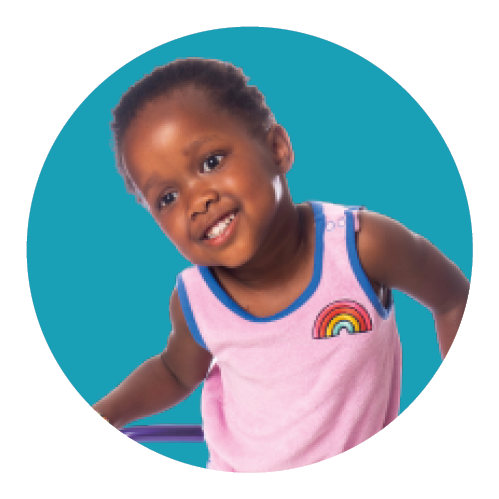
Rosie, aged 5

Arif, aged 11

Mia, aged 16
Once all the parts along the golden thread have been identified, the last step is to identify when and how the outcomes will be shared and whether any cultural changes are needed in school, especially in relation to disability and equality.
Click each heading below to check what else needs to be considered to 'make it happen' in your school.
The good news is that this next step should be the easy part and is no different from measuring outcomes for learners without PD. If you have correctly followed the stages of the process and identified precise and SMARTER outcomes, then measuring progress towards them should be clear. There needs to be a formal review process that includes evidence gathering and evaluation of progress towards the outcome.
Information can be sourced from the learner themselves, the learner's family, healthcare professionals (directly or via assessments and reports), education professionals (directly or via assessments, progress data and reports) or their Education Health and Care Plan (EHCP) or Individual Healthcare Plan (IHCP), as appropriate.
Measuring progress for our learners

"I can name lots of my friends and can talk clearly to others about fun activities I have enjoyed with them in nursery. I can't wait to start school."

"I now choose the equipment that's best for me. I play football at break time and am the goalie. I go to the manual chair football club every Saturday morning."

"I'm off to college to do catering. I enjoyed my work experience in the café and now volunteer there on Sundays. Using my special chair for food prep works brilliantly."

Everyone who needs to know, including the learner, parent/carers, school and the team around the child, should know when and how the outcome should be achieved and when it is actually achieved.
pdnet provides a range of resources and training which supports achiving positive outcomes. The offer includes:
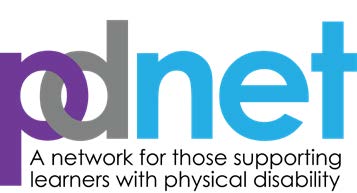
The Council for Disabled Children is delighted to announce the launch of our Holistic Outcomes in Education, Health and Care Plans e-learning. This free, self-guided course takes all the key elements from their popular and well-received live training and repackages it into a series of online modules covering: aspirations, outcomes from children, young people and family perspectives, outcomes from professional perspectives, including writing SMART outcomes, legal considerations, annual reviews.

The National Children’s Bureau offers a free, self-guided course through a series of online modules.

Helen Anderson Associates offer a number of free resources which support people to be able to write person-centred outcomes using a 7-step process.
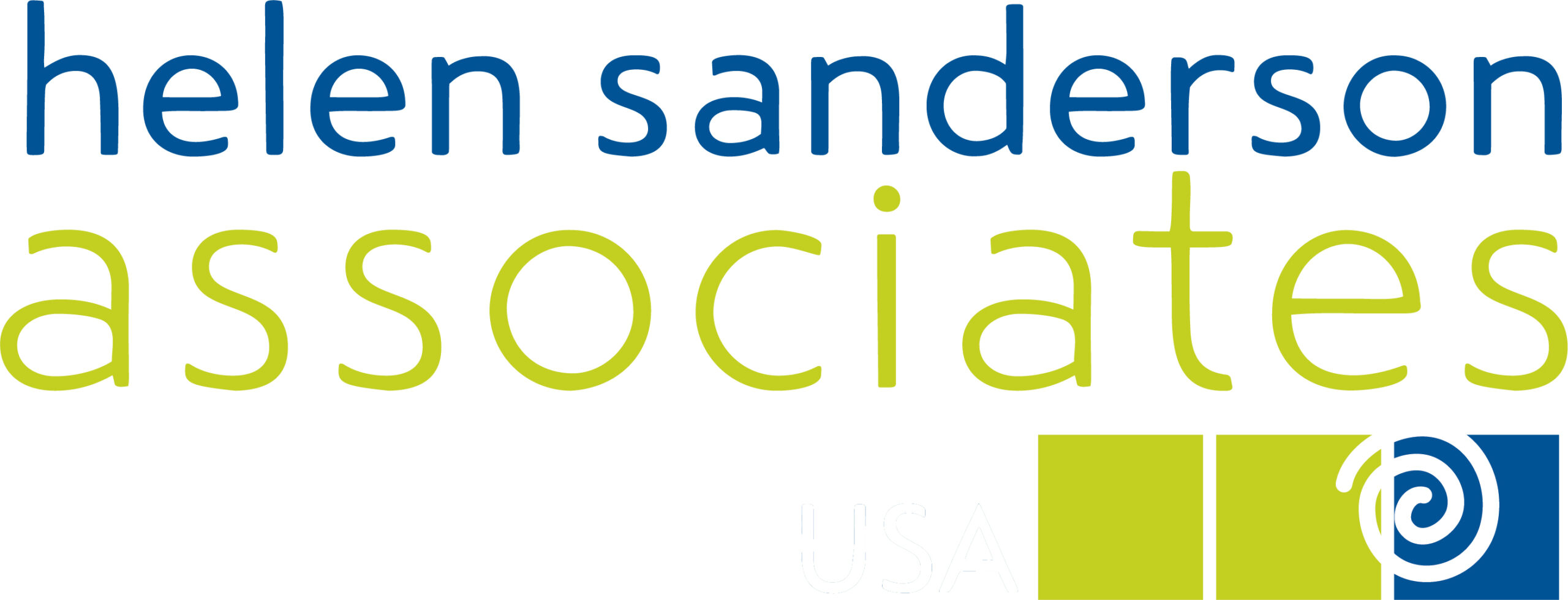
Here's a recap of what we have learned:
Please score on the basis 1 = strongly disagree, 5 = strongly agree
Error: Contact form not found.
This training was written by pdnet and was built and is maintained by SDSA, supported by the pdnet team.
